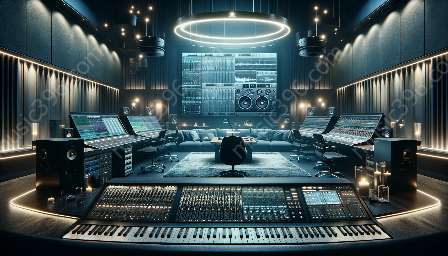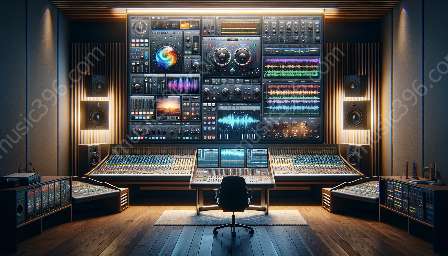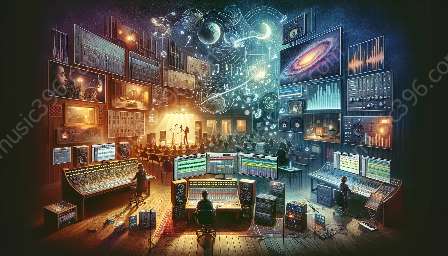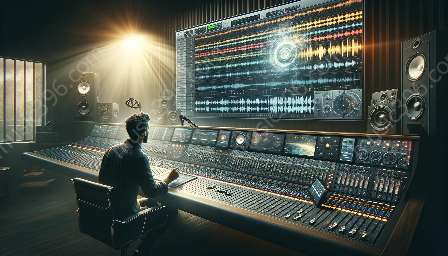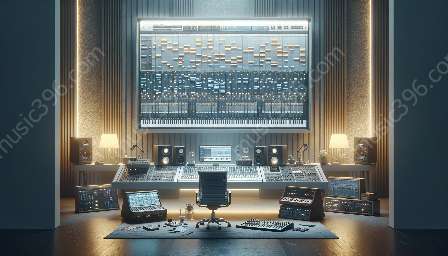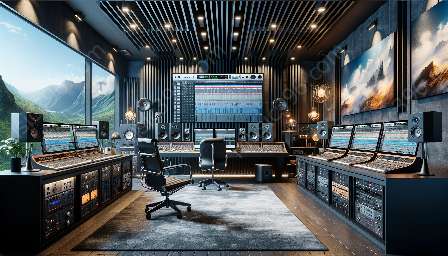Digital Audio Workstations (DAWs) are powerful tools for music production, offering various ways to handle audio and MIDI integration. Understanding how DAWs manage these features is essential for creating high-quality music tracks. In this article, we will explore the different methods used by DAWs to handle audio and MIDI integration, providing insight into their functionality and flexibility.
1. Audio and MIDI Tracks
DAWs typically support both audio and MIDI tracks, allowing users to record, edit, and manipulate various types of musical data. Audio tracks are used to capture sound from microphones, instruments, or external audio sources, while MIDI tracks are used to record and play back MIDI data, such as note sequences, control changes, and instrument parameters.
2. Virtual Instruments and Plugins
One common method of integrating audio and MIDI in DAWs is through the use of virtual instruments and plugins. DAWs often come with a range of virtual instruments, such as synthesizers, samplers, and drum machines, which can be played and controlled using MIDI data. Additionally, users can expand their sound palette by installing external plugins that offer unique audio processing and synthesis capabilities.
3. Audio and MIDI Editing Tools
DAWs provide comprehensive audio and MIDI editing tools to manipulate recorded and programmed material. Audio editing tools enable users to cut, trim, fade, pitch-shift, and time-stretch audio clips, while MIDI editing tools allow for precise manipulation of note velocities, durations, and timing. These tools are crucial for refining the performance and arrangement of musical elements.
4. Automation and Control Surfaces
Many DAWs support automation features and control surfaces to manage audio and MIDI parameters dynamically. Automation allows users to create dynamic changes in volume, panning, and effects over time, while control surfaces provide tactile interfaces for adjusting parameters in real-time, offering a more hands-on approach to music production.
5. Integration with External Hardware
DAWs can integrate seamlessly with external MIDI and audio hardware, expanding their capabilities and flexibility. By connecting MIDI controllers, synthesizers, and external audio interfaces, musicians can have direct control over virtual instruments and process audio signals with external gear, enhancing the creative possibilities within the DAW environment.
6. Timecode and Synchronization
For multimedia and post-production projects, DAWs offer synchronization capabilities through timecode and synchronization protocols. This allows audio and MIDI tracks to be tightly synchronized with video, external devices, or other DAWs, ensuring precise alignment and coordination in complex audio-visual projects.
Conclusion
Understanding the different ways in which DAWs handle audio and MIDI integration is crucial for maximizing the creative potential of these software tools. By leveraging audio and MIDI tracks, virtual instruments and plugins, editing tools, automation, external hardware integration, and synchronization features, music producers and sound engineers can achieve professional results and bring their musical ideas to life with precision and expressiveness.

